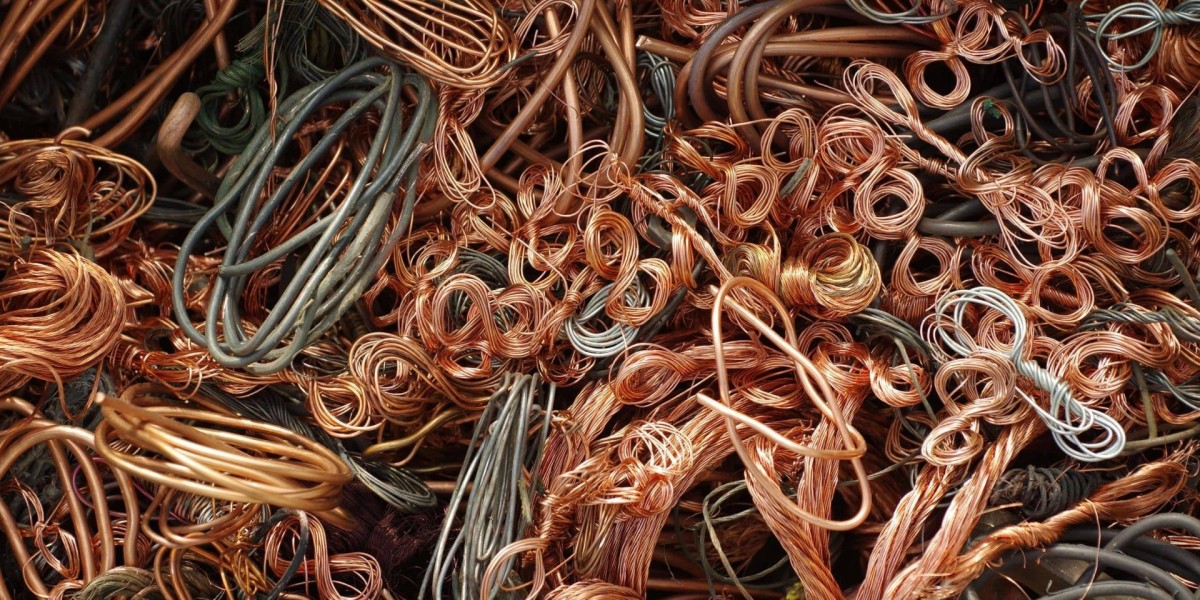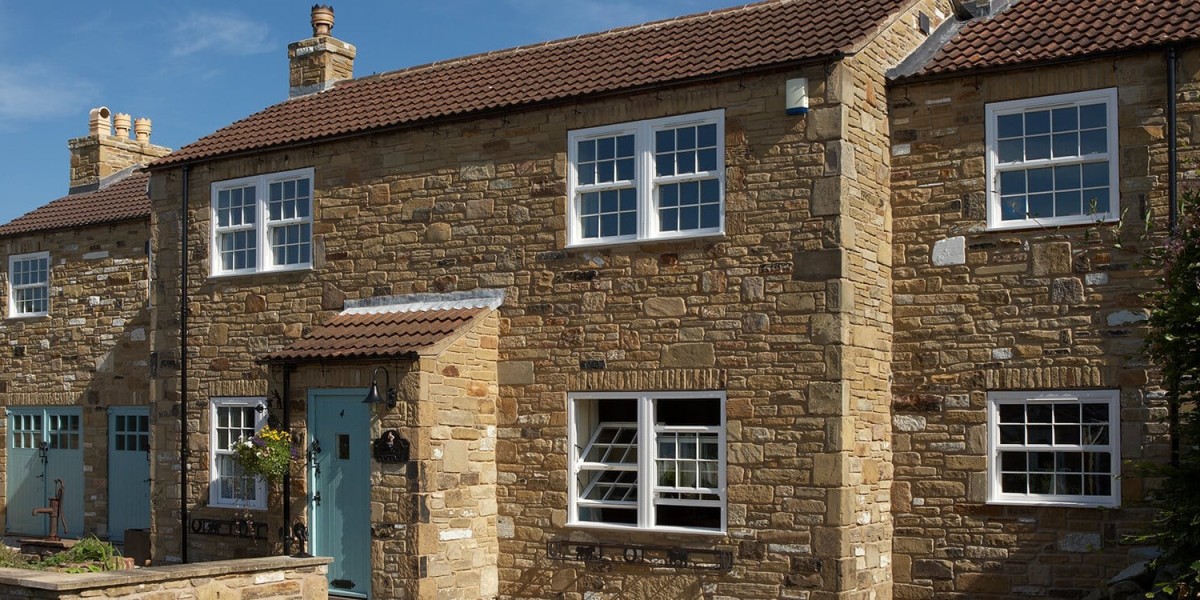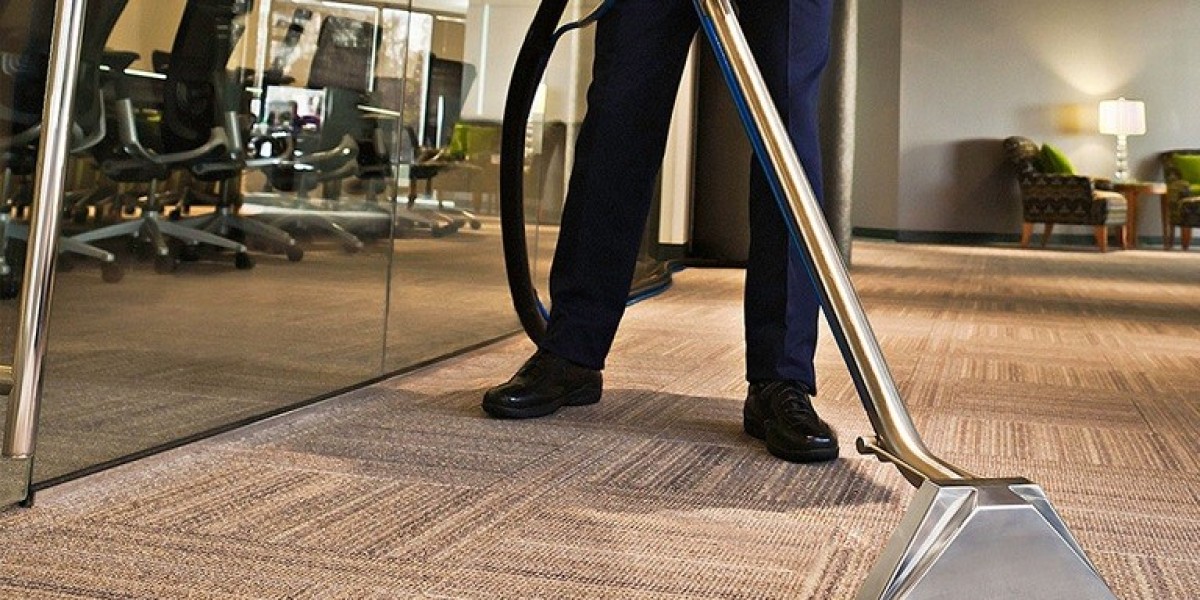If you’re holding a bucket of old wires or a bin of pipe off-cuts, the phrase you care about most is scrap copper price. This guide explains what drives copper prices, the grades buyers use, how to prep and sort your metal for a higher payout, and smart ways to time your sale. It’s written to be evergreen—so you can use it whether you’re scrapping once or building a repeat side hustle.
Why scrap copper price moves so much
Copper is a globally traded industrial metal. Your local scrap copper price is anchored to exchange benchmarks (LME/COMEX) and then adjusted by yards to cover purity, processing, and logistics. Key drivers include:
Global supply & demand: Construction, power grids, EVs, and electronics soak up copper. Booms lift prices; slowdowns weigh on them.
Mining & smelting costs: Strikes, energy prices, or grade declines at mines ripple into scrap markets.
Currency strength: Copper is largely priced in USD—dollar swings can move regional returns.
Freight & export policy: Export bans, port congestion, or container prices affect what yards can pay.
Local competition: More buyers nearby often means tighter spreads and better walk-in prices.
Takeaway: The exchange price is just the start. Your on-the-scale offer = market price × grade (purity) × yard multiplier – fees.
Common copper scrap grades (and what they usually mean)
Understanding grades is the fastest way to raise your scrap copper price. Names vary slightly by country, but these categories are widely recognized:
Bare Bright (No. 1 Copper Wire, “Bright & Shiny”)
What it is: Unalloyed, uncoated copper wire, usually ≥16 AWG (thicker than pencil lead), bright, no tarnish, no solder, no insulation.
Payout: Top tier. Often the highest scrap copper price per pound/kg.
#1 Copper (Pipe & Wire, Clean)
What it is: Clean, unalloyed copper pipe/tubing or wire without coatings, solder, paint, fittings, or heavy oxidation.
Payout: Slightly below Bare Bright.
#2 Copper
What it is: Copper with light solder, paint, minor corrosion, or attached brass fittings; also thinner, tarnished wire.
Payout: Mid-tier. Clean it and you may bump to #1.
Insulated Copper Wire (ICW)
What it is: Wire with plastic/rubber insulation. Paid by copper recovery percentage.
Sub-grades:
High recovery (THHN, thick conductors): Better scrap copper price.
Low recovery (data/communication wire): Lower payout unless you strip it profitably.
Copper/Brass Mixes
What it is: Items with both metals (e.g., plumbing assemblies). Yards discount for sorting labor.
Tip: Separate brass from copper to avoid downgrades.
Copper Turnings/Chops/Granules
What it is: Machine turnings or granulated wire from stripping operations.
Payout: Depends on cleanliness and contamination (oil, steel fines).
How yards calculate your payout
Most dealers follow a simple logic:
Payout = Weight × Purity/Recovery × (Benchmark – Yard Spread) – Fees (if any)
Weight: Use a reliable scale. Moisture, dirt, and attachments lower paid weight.
Purity/Recovery: Your grade dictates how much pure copper the yard expects.
Benchmark – Yard Spread: Dealers peg daily offers to LME/COMEX, subtracting a spread to cover risk and handling.
Fees: Some charge for small lots, fridges/ACs with refrigerant, or mixed loads.
Example (illustrative):
20 kg of #1 copper pipe, paid at 95% of benchmark-derived yard rate.
If the adjusted yard rate is “R” per kg, payout ≈ 20 × 0.95 × R.
Increase R (market rises) or the 0.95 factor (cleaner grade) to improve your scrap copper price.
Prep tips that reliably raise your scrap copper price
Sort by grade at home
Keep Bare Bright separate from #1, #2, brass, aluminum. Mixing usually drags everything down to the lowest grade.
Remove attachments
Brass valves, steel screws, soldered joints, paint, tar—these trigger downgrades. A quick cut with a tubing cutter or a minute with a screwdriver can add real money.
Strip insulation—selectively
Only strip when:
The copper is thick (≥12–14 AWG)
You have a safe stripping setup
The time and electricity cost justify the uplift
Don’t strip fine, hair-thin wire—it’s slow and may damage copper.
Keep it clean and dry
Mud, oil, and moisture reduce weight and raise contamination concerns.
Bundle and label
Neat, labeled bins speed grading. Faster processing can mean better negotiation leverage.
Bring ID and follow rules
Many regions require ID and proof of ownership to curb metal theft. Compliance avoids delays and rejected loads.
When to sell: timing the market
Watch project cycles: Construction seasonality can nudge demand.
Follow macro signals: EV demand, grid upgrades, or stimulus tend to support prices.
Avoid panic selling on dips: If you can store safely, waiting for a rebound can boost your scrap copper price.
Batching helps: Larger, consistent loads often earn tighter spreads than one-off small lots.
Regional factors that change your offer
Distance to smelters/export lanes: The closer your yard is to a processor or port, the less they spend on freight, which can improve your payout.
Competition density: Multiple buyers in a city can push offers up; rural areas may have wider spreads.
Regulatory climate: Export rules, recycling standards, and environmental fees feed into what yards can pay.
Negotiation playbook (for fair, better prices)
Call three yards before you go
Ask: “What’s today’s price for [your grade], clean, approx. [weight]?”
Confirm payment method (cash/transfer), ID needs, hours, and any fees.
Lead with your best grade
Present Bare Bright and #1 copper separately, clean and visible.
Use real numbers
If Yard A offers higher on key grades, politely mention it. Many will match or get close.
Be a repeat, reliable seller
Consistency can unlock better yard multipliers over time.
Safety & ethics
Only recycle legitimate material. Many buyers log serials/IDs for wire, meters, and A/C components.
Use PPE: Gloves, eye protection, and a dust mask when cutting, grinding, or stripping.
Mind electricity: De-energize wires; capacitors can hold charge.
Respect building codes: Removing copper from active structures is illegal and dangerous.
Frequently asked questions about scrap copper price
Q: Why is my insulated wire price so much lower than solid copper?
A: You’re paid for the copper content only. Insulation can be 40–70% of the weight for low-grade cables, so the scrap copper price reflects the lower recovery.
Q: Is #2 copper ever worth cleaning up to #1?
A: Often yes, if it’s just paint or removable fittings. If contamination is pervasive (heavy solder, tar), the labor may not pay.
Q: Do small amounts get penalized?
A: Some yards post a “retail” board with minimums. Larger, sorted loads typically achieve tighter spreads and better scrap copper price.
Q: Should I hold or sell now?
A: If prices recently dipped and you can store safely, waiting may help. If you need cash or have storage limits, sell the highest grades now and hold lower-grade wire until you have volume.
Q: Can I get paid more for tinned or lacquered copper?
A: Usually less. Tinned, lacquered, or heavily oxidized copper is often graded as #2 unless cleaned.
Quick checklist before you head to the yard
Sort into: Bare Bright, #1, #2, high-recovery ICW, low-recovery ICW, brass.
Remove fittings/screws; cut off soldered sections if practical.
Decide whether stripping is worth it (thick conductors only).
Keep everything clean, dry, and labeled.
Call 2–3 yards to compare scrap copper price and policies.
Bring ID and any required documentation.
A simple calculator you can use
You can estimate your payout with this formula:
Where:
Net Weight excludes bins, moisture, and obvious attachments.
Recovery/Purity = 1.00 for Bare Bright; ~0.98–0.99 for #1; ~0.90–0.96 for #2; 0.20–0.70 for ICW depending on type.
Yard Rate is your local adjusted rate per lb/kg for that grade (call ahead).
Fees: Minimum ticket fees or special handling (if any).
Final thoughts
Maximizing your scrap copper price comes down to three things: grade, preparation, and timing. Sort cleanly, remove obvious downgrades, and shop around. Whether you’re cashing in leftover renovation pipe or running regular cable pulls, these steps add up fast—and they’re entirely in your control.








